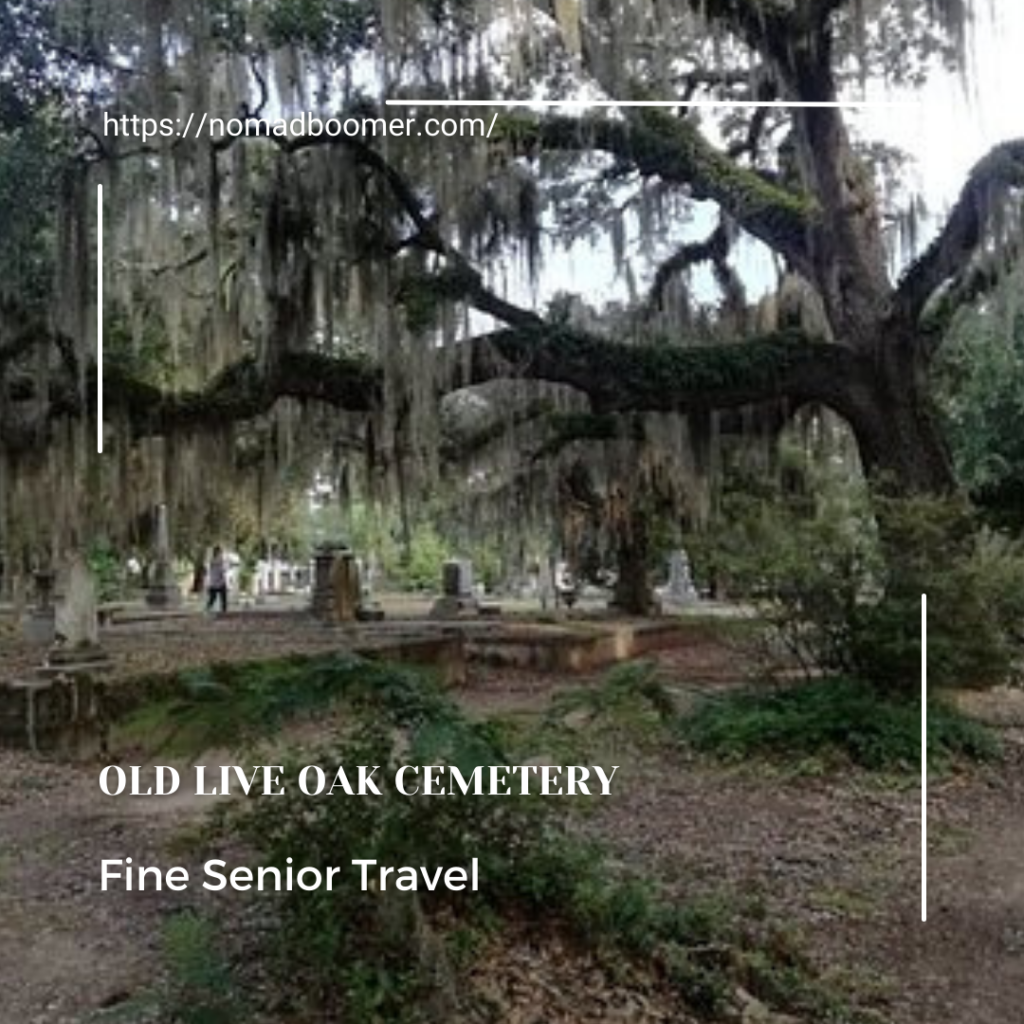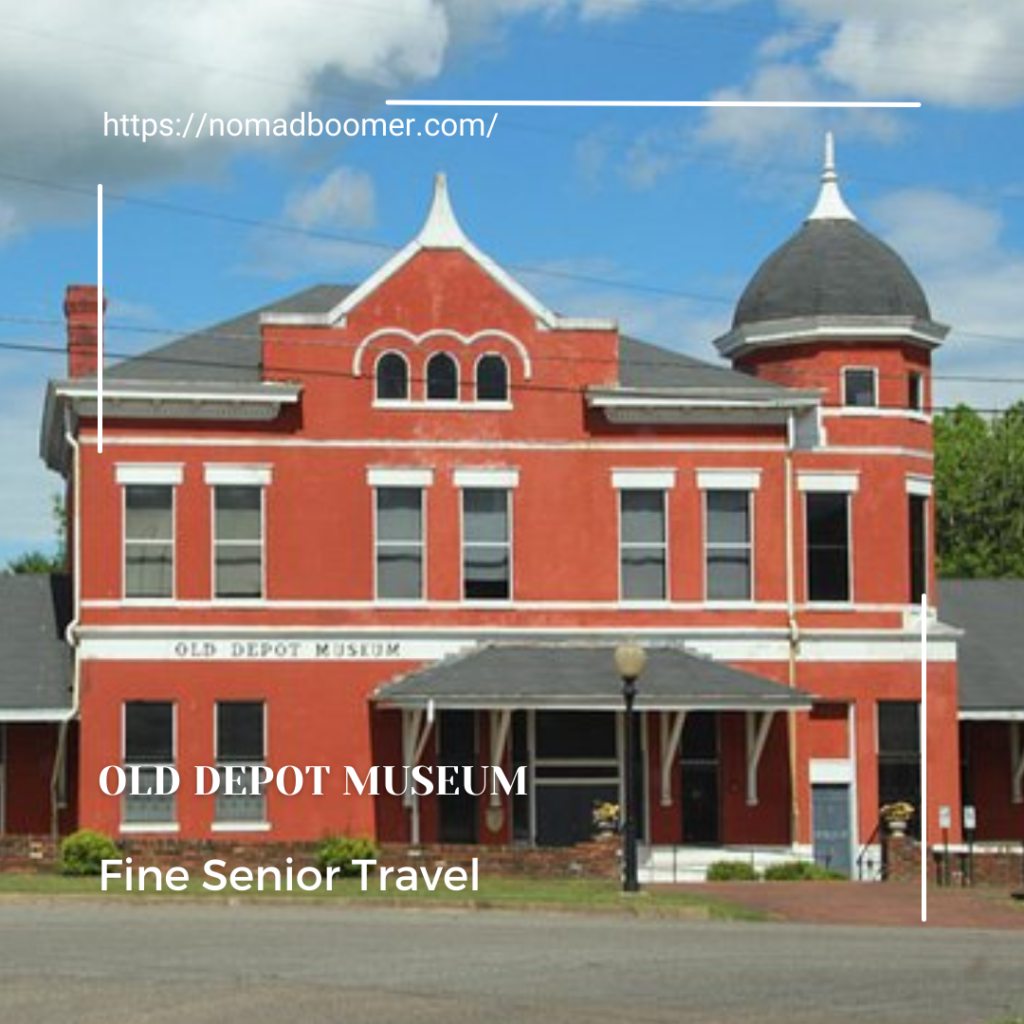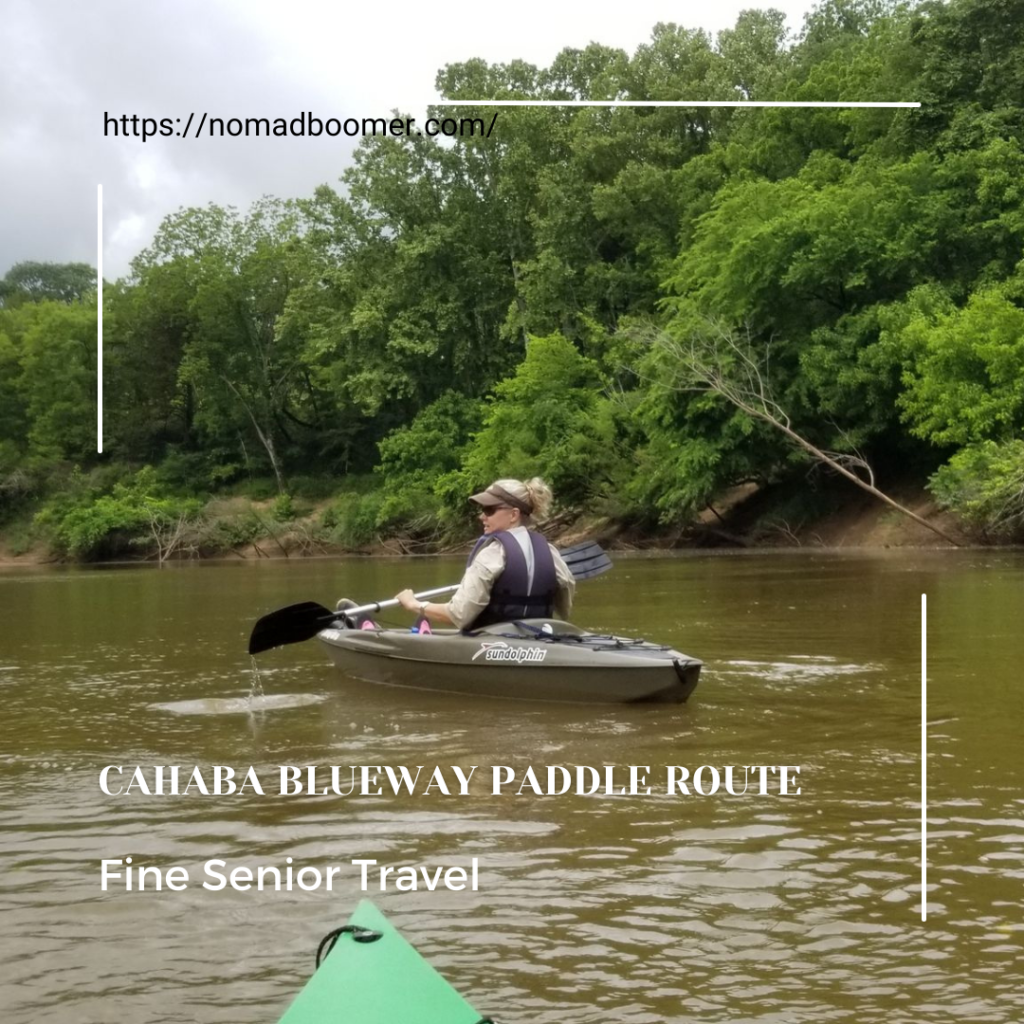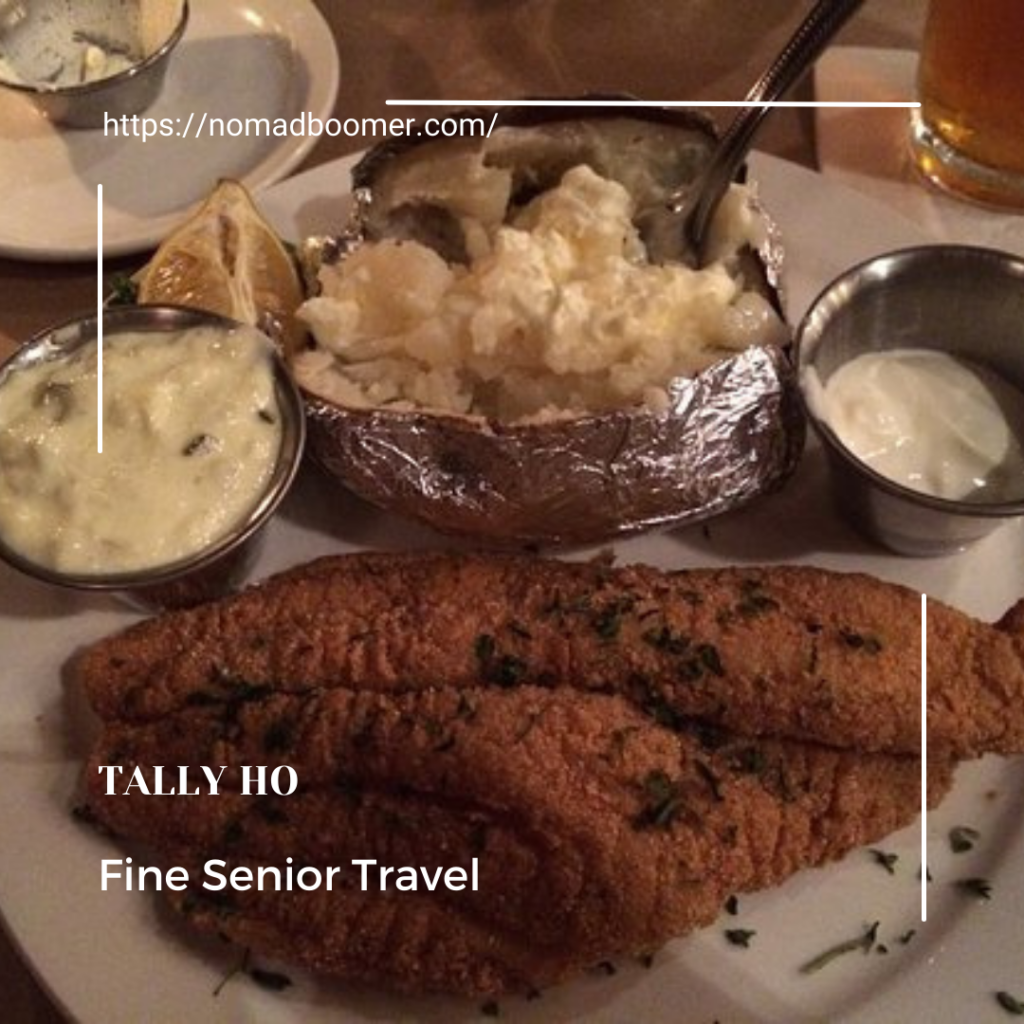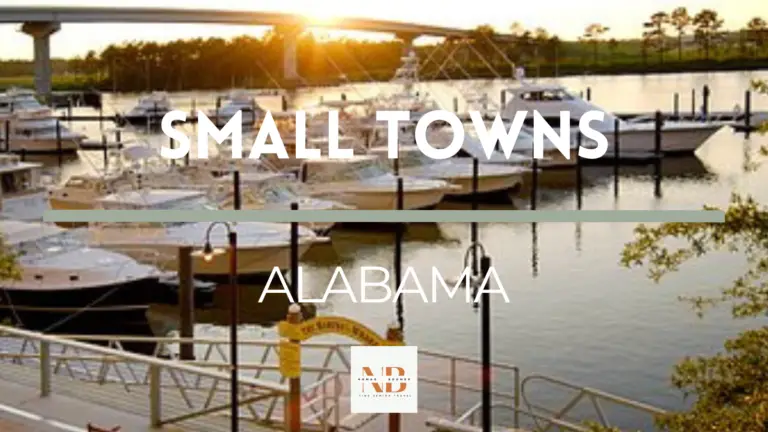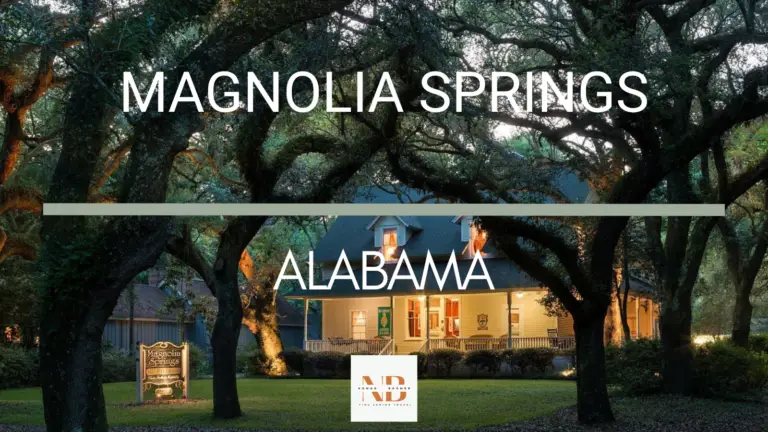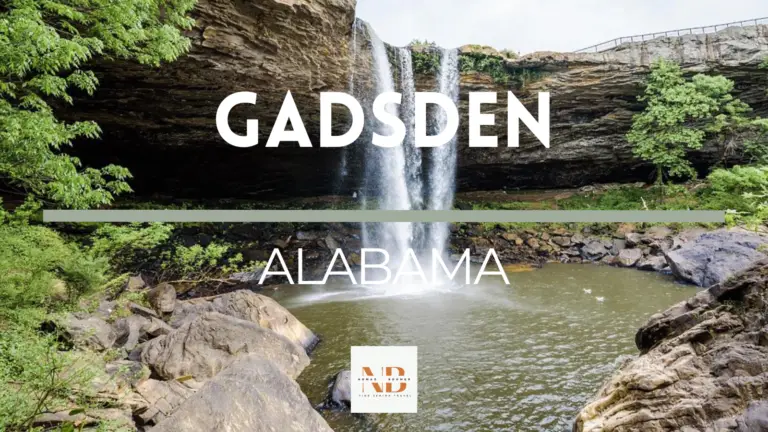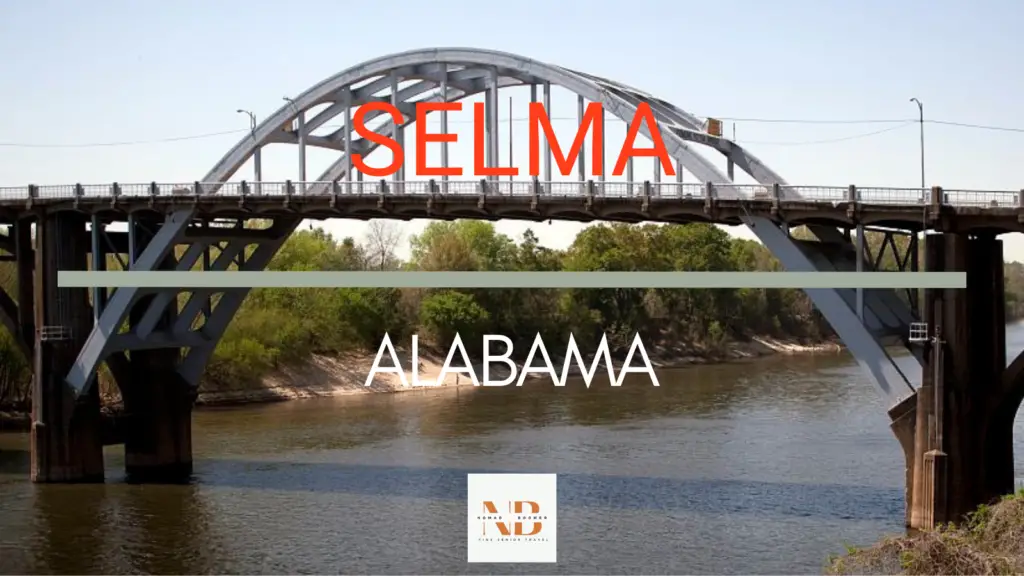
There are so many things to do in Selma Alabama that a vacation in this historic and charming town is well worth it, especially for seniors wanting to learn more about our country’s rich yet tumultuous history.
Start off at the iconic Edmund Pettus Bridge and pay homage to ordinary citizens who struggled and suffered to give us the Civil Rights we take for granted today.
Dig deeper by visiting captivating museums like the Civil Rights Museum and the National Voting Rights Museum.
Join guided walking tours through the Selma National Historic District, home to many important Civil Rights landmarks, including the Brown Chapel AME Church and the First Baptist Church.
Things to Do in Selma Alabama
1. Edmund Pettus Bridge: A Poignant Reminder
The Edmund Pettus Bridge is a historic landmark in Selma, Alabama.
It is best known as the site of “Bloody Sunday,” a peaceful protest that turned violent on March 7, 1965, when state and local law enforcement officers attacked civil rights marchers with tear gas and billy clubs.
The bridge is now a National Historic Landmark and a popular tourist destination. You can walk across the bridge and reflect on the events that took place there.
There is also a memorial on the other side of the bridge dedicated to the victims of Bloody Sunday.
The Edmund Pettus Bridge is a powerful reminder of the struggle for civil rights in the United States. It is a place to learn about the past and to commit to continuing the fight for equality.
2. Selma to Montgomery National Historic Trail: Symbollic
The Selma to Montgomery National Historic Trail is a 54-mile stretch of the U.S. Highway 80 that was the site of the historic Selma to Montgomery marches of 1965.
The marches were organized by civil rights leaders to protest the denial of voting rights to Black Americans in Alabama.
The trail begins in Selma at the Edmund Pettus Bridge, where peaceful marchers were attacked by state troopers on Bloody Sunday, March 7, 1965.
The marchers eventually reached Montgomery, the state capital, on March 25, 1965, where they delivered a petition to Governor George Wallace demanding voting rights for all.
The Selma to Montgomery National Historic Trail is a reminder of the sacrifices that were made to secure voting rights for Black Americans.
It is also a powerful symbol of the power of peaceful protest.
3. Brown Chapel AME Church: A Sacred Place

The Brown Chapel AME Church is a historic church in Selma, Alabama. It was the headquarters of the Southern Christian Leadership Conference (SCLC) during the Selma to Montgomery marches in 1965.
On March 7, 1965, peaceful protesters led by Martin Luther King Jr. marched from Brown Chapel to the Edmund Pettus Bridge. They were met by state troopers who attacked them with tear gas and billy clubs.
This event, known as Bloody Sunday, galvanized support for the civil rights movement. The Brown Chapel AME Church is a reminder of the sacrifices that were made to secure voting rights for African Americans.
It is a sacred place for the civil rights movement and a must-visit for anyone interested in American history.
4. Selma Interpretive Center: A Must-Visit
The Selma Interpretive Center is a small but informative museum dedicated to the history of the civil rights movement in Selma, Alabama.
The center is located just steps away from the Edmund Pettus Bridge.
The exhibits at the Selma Interpretive Center tell the story of the civil rights movement in Selma, from the early days of segregation to the passage of the Voting Rights Act of 1965.
The center also features a film about the Selma to Montgomery marches, as well as interactive exhibits that allow visitors to learn about the history of the movement through their own experiences.
The Selma Interpretive Center is a must-visit for anyone interested in learning about the civil rights movement. The center is open daily from 9am to 5pm, and admission is free.
5. Old Live Oak Cemetery: A Place for Contemplation
Old Live Oak Cemetery stands as a testament to history. The city’s past whispers through the Spanish moss-draped trees, offering a tranquil yet impactful setting.
The Old Live Oak Cemetery captures Selma’s historical tapestry amidst natural beauty.
You can explore the carefully laid out grounds, marked by solemn Civil War memorials and Confederate plaques that spark contemplation.
As you wander, take a moment to reflect on the cemetery’s evolution, from moments of neglect to grassroots efforts that preserve its legacy.
Whether you’re intrigued by the South’s history or simply seeking a serene retreat, the cemetery offers a unique space for contemplation.
6. Old Depot Museum: Entertaining & Educational
Selma’s Old Depot Museum takes you on a journey through history, from Civil War to Civil Rights.
Entertaining and educational, the museum holds treasures of antiques and curiosities, guided by a charming curator with captivating tales to share.
The Old Depot Museum captivates visitors with its rich collection of artifacts and antiques. The curator, a charismatic storyteller, enhances the experience by weaving history’s tales.
Whether a history enthusiast or casual explorer, this museum is a must-visit in Selma.
7. Paul Grist Lake Loop: A Tranquil Hike
The Paul Grist Lake Loop is a beautiful 3.6 mile trail that is moderately challenging and takes around 1 hour and 15 minutes to complete.
Hike through picturesque landscapes, surrounded by lush forests and along the shimmering lake. The trail promises a tranquil experience for both hiking enthusiasts and nature lovers.
The Paul Grist Lake Loop trail is a haven for bird watchers, hikers, and even horseback riders seeking a peaceful journey. Expect a mix of forested paths and lakefront vistas, with occasional muddy spots and small springs to navigate around.
Experience the magic of nature’s hidden corners, where trees whisper tales and the lake’s reflection soothes the soul. The trail invites you to immerse yourself in the embrace of nature.
8. Historic Cahawba: Alabama’s Former Capital
Cahawba, once Alabama’s state capital, is now an archaeological wonder. The park is filled with historic buildings, wooden cabins, and an ancient Episcopal church.
Start off at the Visitor Center for information before embarking on a journey through abandoned streets and flourishing flora. You can take a self-guided walking tour to explore the ruins and learn about the town’s history.
It’s a haunting place, but it’s also a place of great beauty. The Spanish moss that hangs from the trees and the wildflowers that bloom in the springtime add to the atmosphere.
So, step back in time and explore the ruins of Cahawba, Alabama’s former state capital.
9. Cahaba Blueway Paddle Route: Simply Glide
The Cahaba Blueway Paddle Route is tailor-made for kayakers, canoers, and paddle enthusiasts, looking for a scenic and relaxing afternoon.
Launch your journey from Hwy 22, near the Elam Holley Access, and let the gentle flow of the Cahaba River carry you through a 6.4-mile scenic wonderland.
As you paddle through this tranquil waterway, nature’s story unfolds around you. The route traces the picturesque Cahaba River, treating you to breathtaking vistas and serene surroundings.
The route’s beauty lies in its simplicity – the river itself guides you, and the landscapes it unveils will leave you in awe.
Where to Stay in Selma Alabama
St. James Hotel: Historic Charm Yet Modern
The St. James Hotel Selma is a historic hotel located within walking distance of many of Selma’s Civil Rights landmarks, including the Edmund Pettus Bridge and the Brown Chapel AME Church.
The hotel has been in operation since 1833 and has a rich history. Recent renovations and management by Hilton has upgraded the hotel to incorporate modern amenities while still retaining its historic charm.
The St. James Hotel has its own restaurant, which serves Southern cuisine, as well as a bar and a rooftop terrace with views of the city.
Without doubt, the best place to stay in Selma and learn more about the Civil Rights Movement.
Where to Eat in Selma Alabama
Tally Ho: Charming Culinary Haven
Tally Ho has a diverse menu that caters to all taste buds. From succulent steaks to mouthwatering seafood, this restaurant is a culinary haven. The food quality is top-notch, with exceptional dishes like shrimp and grits, and chicken Alfredo pasta.
Tally Ho’s rustic ambiance and warm hospitality create a memorable dining experience. Set in a beautiful log cabin, the restaurant exudes a cozy, welcoming vibe. The attentive staff ensures your comfort, making your visit a true delight.
Enjoy live music and drinks from a well-stocked bar to add an extra layer of enjoyment to your dining.
Tally Ho guarantees not only a delectable meal but also a memorable evening filled with good company and great food.
The Sandbar: Casual Dining with a View
The Sandbar is a casual restaurant located on the banks of the Alabama River in Selma. Overlooking the city marina, this spot provides a relaxing ambiance where you can savor good bar food and efficient service.
The Sandbar offers a delightful range of casual dining options, from a variety of seafood dishes to burgers, sandwiches, and salads.
The food at The Sandbar is consistently good. The seafood is fresh and cooked perfectly, and the other dishes are also well-prepared.
With a laid-back atmosphere and a covered deck, The Sandbar invites you to unwind while enjoying picturesque views.
The staff’s friendliness adds to the charm, making it a great place to savor delicious seafood, like the renowned seafood tacos, and bask in the warm Selma breeze.
DISCLAIMER: The site is not an affiliate of TRIPADVISOR or any other properties mentioned in this post. However, I do recommend using them to get more information.

